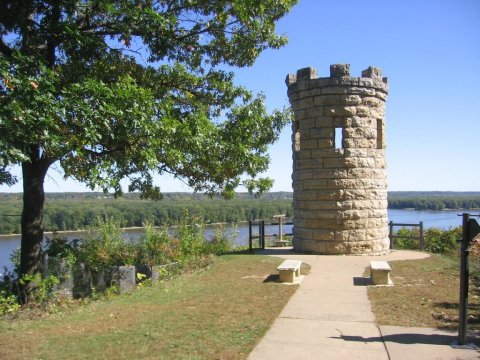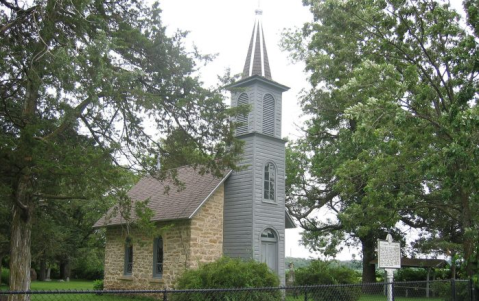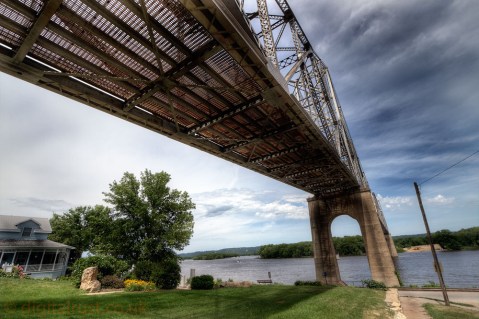Here Are The 12 Oldest Towns In Iowa... And They're Loaded With History
Iowa’s past is one rich with history, and even now, you can visit these 10 historic cities to get a little glimpse of how life was back in the day. These 10 cities are some of the oldest in the state, and a few are even older than the state itself!

Incorporated in 1833, Dubuque is Iowa's oldest city, and one of the first settlements west of the Mississippi. The first settler, Julien Dubuque, arrived in 1785. You can see evidence of the past in everything from the architecture to the monuments, like the Julien Dubuque Monument, where Dubuque's body is buried.
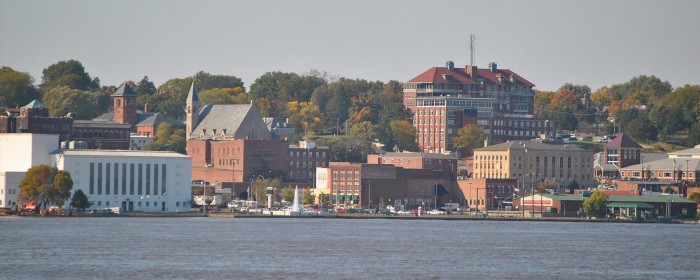
Founded in 1833, Burlington is one of the oldest cities in Iowa. Back in the steamboat era, Burlington was a bustling river port and a central city to the Chicago, Burlington and Quincy Railroad. Some historical sites to see are the Hawkeye Log Cabin Museum, Phelps Museum, and the Heritage Hill Historic District.
Advertisement
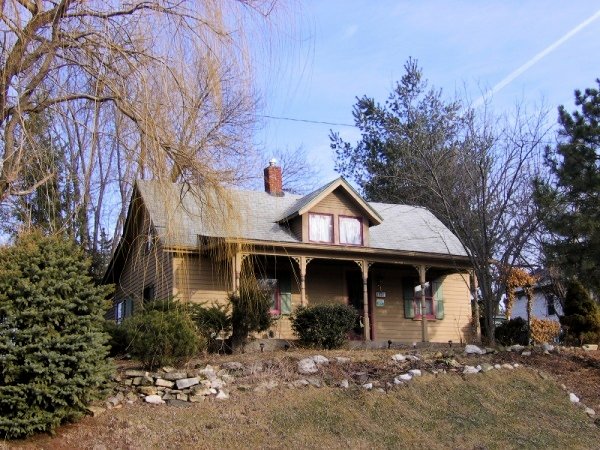
Incorporated in 1839, Davenport has a past older than the state itself. Davenport is another river town in the east, which was a key location for settlers. Most of the oldest cities in Iowa are in the eastern part of the state, because of their proximity to the Mississippi River, which was a huge trading route. Also because the settlers who came from the crowded eastern part of the country moved slowly west, so it took a while for them to start settling in other parts of the state. One particular place of interest to see is the Claim House, which is the oldest building in Davenport, built by George Davenport to protect his claim on the land.
Advertisement
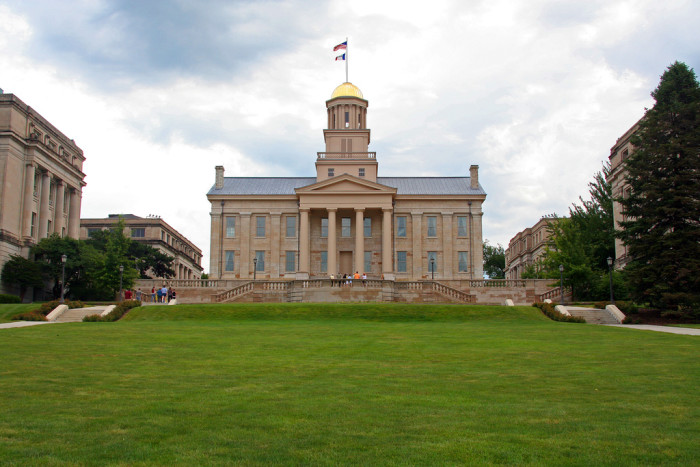
Created in 1839, Iowa City was built on the request of Governor Robert Lucas to house the new capitol building and replace Burlington as the capital city. While in Iowa City, some historic points of interest to see would be the Old Capital Building or the Plum Grove Historic Site.
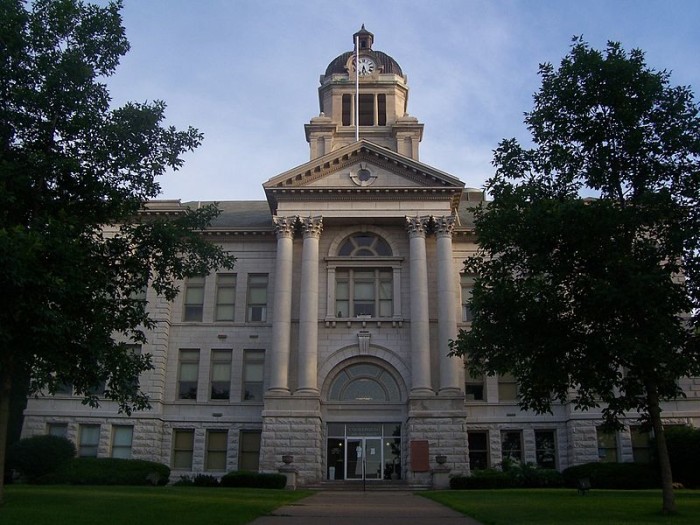
Incorporated in 1839, Muscatine began as a trading post founded by representatives of Colonel George Davenport, the namesake of the city of Davenport. Muscatine, like other river towns, was built because of its key location on the river, which offered good trade opportunities. Some places to see are the Alexander Clark House and the Pine Creek Gristmill.

Incorporated in 1847, Keokuk was a key location for settlers; situated between the Des Moines and Mississippi Rivers, the area had access to a large trading area. While you're there, check out the historic lock and dam, or the Miller House Museum, which is an old house built by a supreme court justice who was appointed by Honest Abe Lincoln himself.
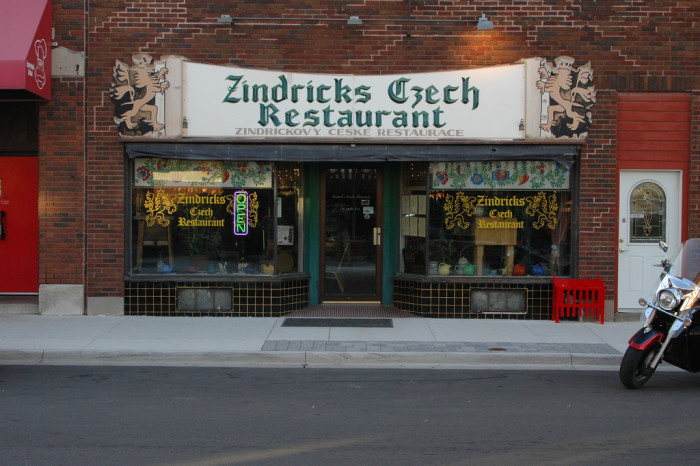
Incorporated in 1849, Cedar Rapids was named after the many Cedar trees on the banks on the Cedar River at the site. Take a step into the past by visiting the Bohemian Commercial Historic District, or take a step into a different culture by visiting the Czech Village.
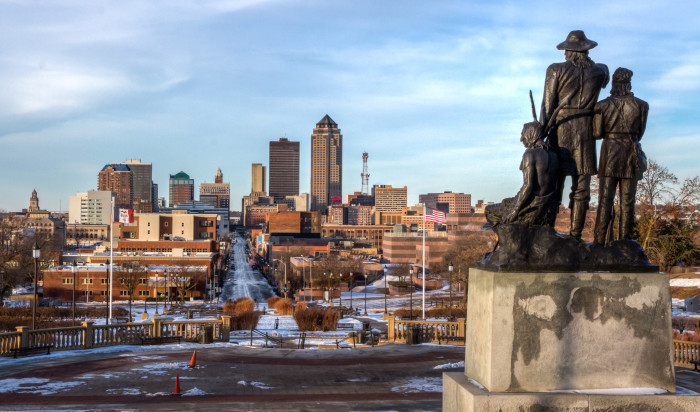
Incorporated in 1851, Des Moines was originally known as Fort Des Moines, named after the Des Moines River. Des Moines has a vast history, even prehistory that goes back 7,000 years. Some interesting things you can still see here are the Big Creek Schoolhouse and St. Paul's Episcopal Church, among many others.
Advertisement

Bellevue was named for John D. Bell, the first settler of the town, who built a cabin there in 1835. The Bellevue War of 1840 (a shootout between the sheriff's posse and another group that left six dead and one hotel burned down) gave the town an unsavory reputation and discouraged settlement in its aftermath. But despite that, the population would double within two years and Bellevue would become a town in 1851. While you're there, check out the William Dyas Barn, which was built in 1850, and is one of limestone barns still in use in the county. Another site to see is the historic Potter's Mill, built in 1843, which has been turned into a very unique bed and breakfast.
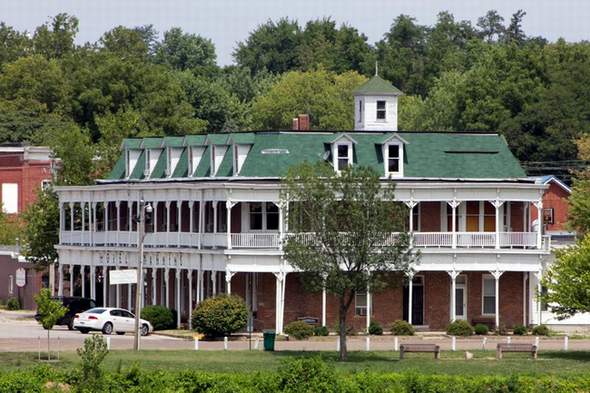
Although it didn't become a town until 1851, Keosauqua was first laid out in 1839. Some historic sites that still stand in Keosauqua are the Hotel Manning Hotel, a three story relic from the Des Moines River's steamboat days, and the 1847 Pearson House, which was a stop on the Underground Railroad. Another interesting piece of history that happened here is the Honey War. The Honey War (a bloodless territorial dispute between Iowa and Missouri) was fought south of Keosauqua in what is now Lacey-Keosauqua State Park.
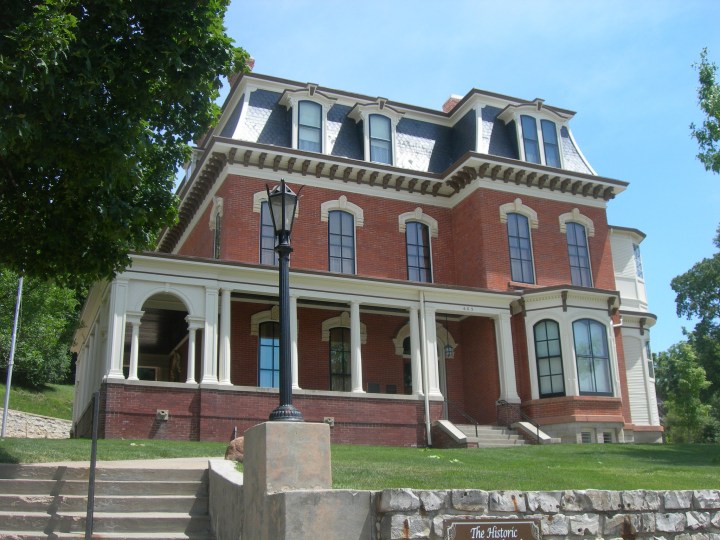
Although it was incorporated in 1853, Council Bluff's history goes all the way back to Lewis and Clark. The city was named for an 1804 meeting of the Lewis and Clark Expedition with the Otoe tribe, which actually took place 20 miles to the north. While you're there, check out the 100 Block of West Broadway Historic District, and some of the numerous historic houses in the city.
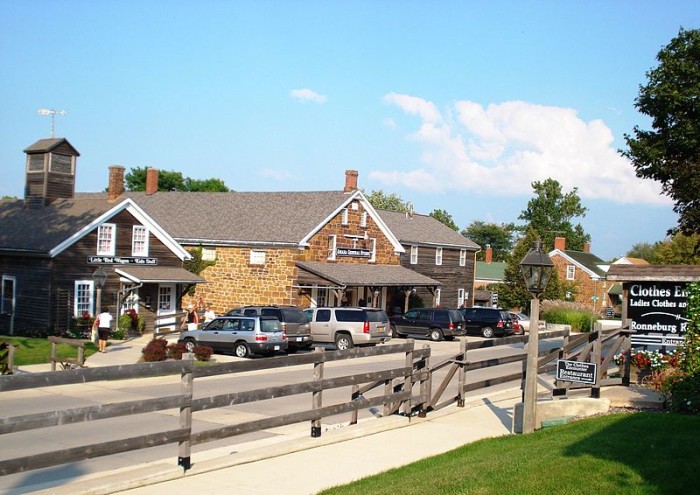
The Amana Colony stems from a religious movement started in Germany in 1714 by a group of people dissatisfied with the dogmatism of the Lutheran church. The group later moved to America and settled in Iowa in 1854. The new colony was originally to be named Bleibetreu, German for "remain faithful," but the founders settled on Amana, a Biblical name with similar meaning. Pretty much everything in Amana is historic and preserved, so just walking around town is like being in the past, or in a village in Germany.
OnlyInYourState may earn compensation through affiliate links in this article. As an Amazon Associate, we earn from qualifying purchases.


